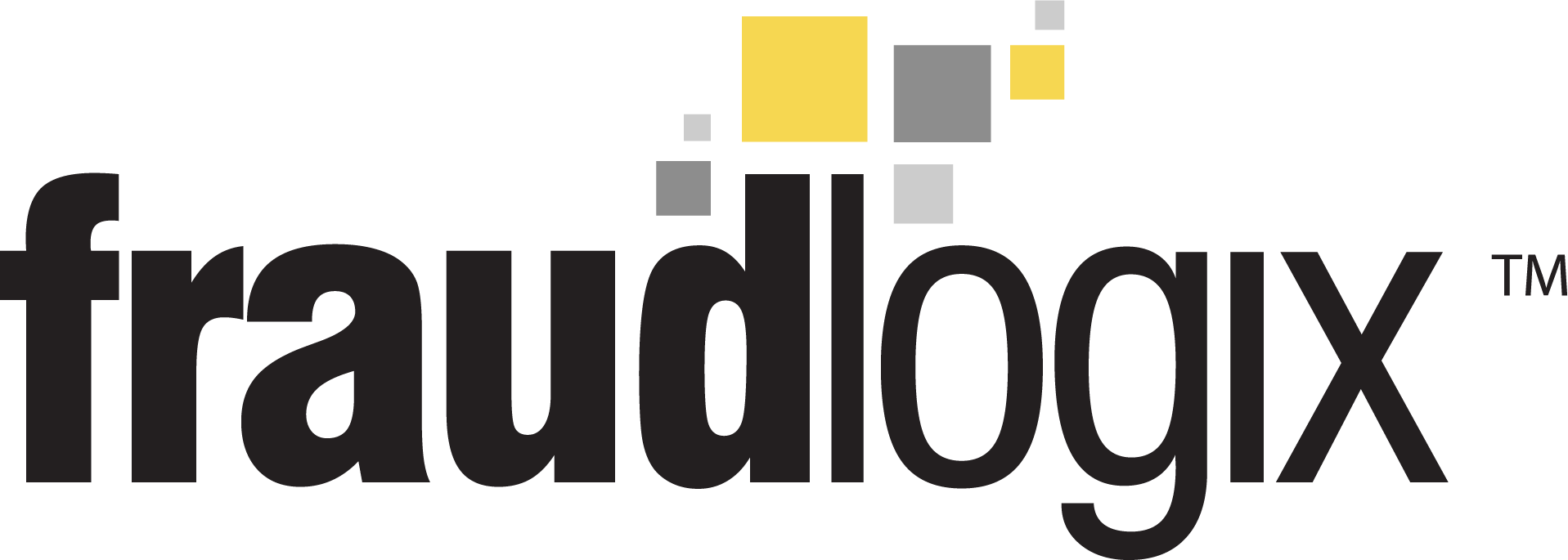As the digital advertising industry continues to grow, so does the threat of ad fraud. Ad fraud refers to any malicious activity that artificially inflates ad impressions, clicks, or conversions to generate revenue for the fraudster. This not only results in financial losses for advertisers but can also damage the reputation of their brand. Therefore, it is important for companies to detect and prevent ad fraud in their programmatic traffic. One way to detect ad fraud is to identify and flag anomalies within programmatic traffic.
Some examples of anomalies include:
- Inconsistent browser sessions, which may indicate that the same user is being represented multiple times in the same session by bots or other forms of automation.
- Forged user agents, which can indicate that the user’s device or browser is being misrepresented to bypass fraud detection systems.
- Geo mismatches, which may indicate that the user’s location does not match the location of the IP (Internet Protocol) address from which the ad request originated.
- Bad device reputation, which can indicate that a device has a history of being used for fraudulent activity.
- Proxy usage, which can be used to hide the true location of a user or device.
- Data center IP usage, which can indicate that the ad request is coming from a data center rather than a real user.
By identifying and flagging these anomalies, companies can effectively detect and prevent ad fraud. It is important to note that ad fraud is a constantly evolving problem and new methods are being developed all the time. It is important to stay up to date on the latest techniques and tools for detecting and preventing ad fraud.



